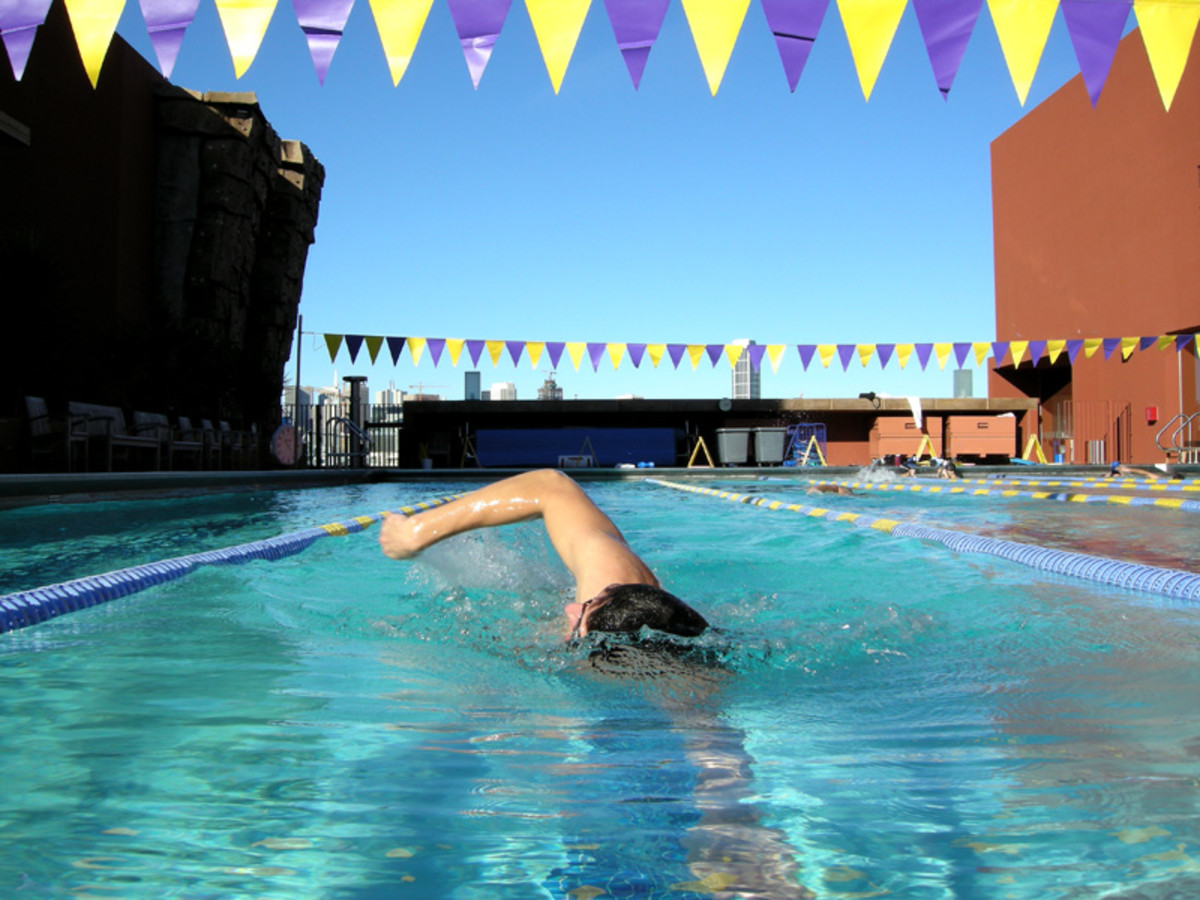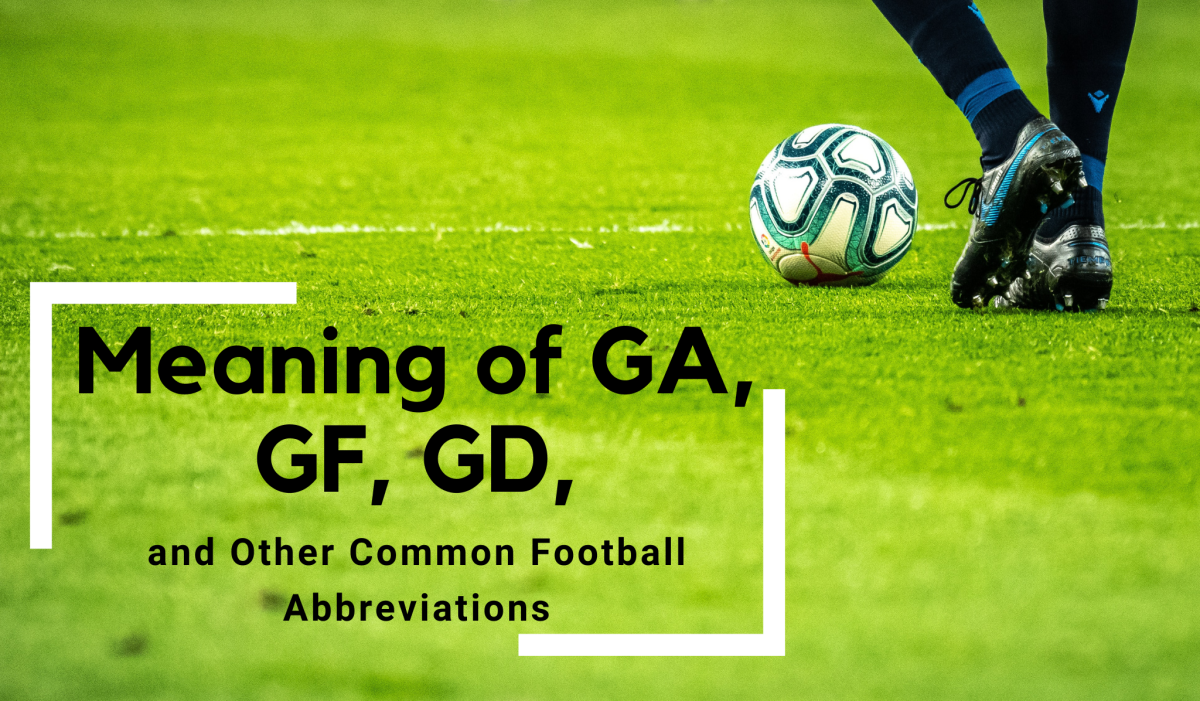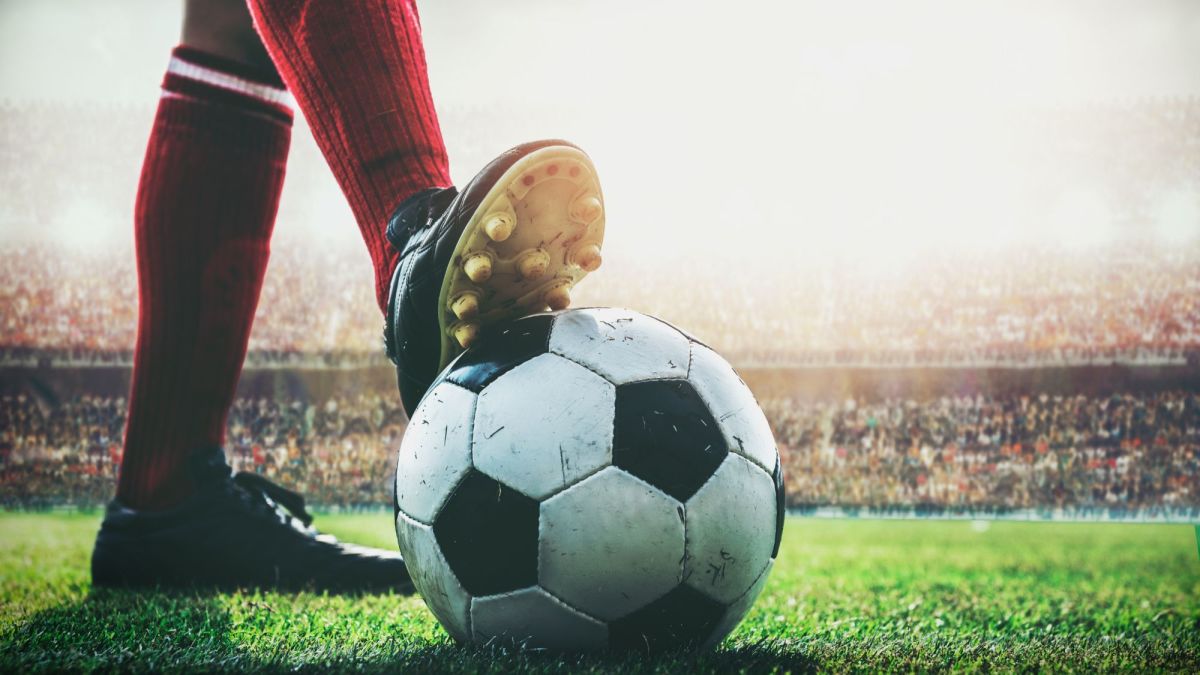Developing Swimming Skills
As an adult, are you interested in learning to swim, but would rather work on your own? You don't necessarily need a teacher in the beginning, but you do need a buddy. To begin with, water poses many safety concerns and should invoke appropriate fears. These fears are due to the air supply being cut off and the risk of inhaling and choking on water. But, with practice, experimentation and the guidance provided here, you can learn the basics of swimming including floating, gliding, flutter kicking, underwater arm pulling, breath control and rhythmic breathing.
Safety Tips
1.) A conducive aquatic environment: Clear water: You must be able to see the bottom clearly to detect the gradual slope of the deep-end. Warm water: Ideally, the water is at least 84 degrees. If the water temperature is too cold, you will not be comfortable enough to discover, experiment and practice. Quiet: You will need a peaceful environment to tune into your senses and your inner feedback. Noon plunge at the local city pool in the middle of summer is not really conducive for you, at this point.
2.) Never swim alone: Yes, you are teaching yourself, but you must have a partner with you at all times. This partner needs to keep his eye on you for the sake of your safety and to be able to guide and assist you. To develop new skills you need to experiment. You can't expect yourself to do it right the first time. A process of trial and error contributes to learning new skills in any field. Your partner is acting as a spotter. His job is to assist you during a process of exploration, experimentation and self-teaching.
3.) Stay in the shallow end. Stand up for air whenever you need it. The first skill you will be experimenting with is floating. You will discover how buoyant you really are. The human body is generally positively buoyant. Even if you discover that you are one of the few people who have a tendency to sink, you too can float by holding air in your lungs. After floating you need to get your feet back on the bottom to stand up for more air.
4.) Avoid hyperventilation: The ability to float requires holding air comfortably in the lungs. It takes practice to bring in just the right amount of air and develop lung capacity. Avoid hyperventilation by not holding your breath for too long at one time. Dizziness is always a signal to go easy with the breathing practice.
Water Adjustment at Home
Stand in front of your shower, but not in it, and get air. Pull the ribs outward and upward with your chest muscles. Place your hands on your ribs to feel them rise. Now, step under the shower holding this breath. With this breath, you'll feel safe, even though water is running over your face and head. Step backwards out of the stream of water to release your "old air". Exhale by relaxing the chest muscles. Practice this breath control exercise a couple times to get the hang of it. Again, if you feel dizzy, stop.
Water Adjustment in The Pool
Inhale as you practiced at home by expanding your chest. While sitting on the steps or standing at the side, cup your hands and scoop up some water. Pour it on your hair and face as you hold your breath. (You can wear goggles.) After your oxygen is used up, it is time to exhale... allow your chest to collapse. The exhale shouldn't be forced. Instead, relax the chest muscles and exhale calmly.
Face Submersion
After you inhale, slowly submerge your chin, mouth, nose, eyes and eyebrows in that order. Even though your face is submerged under water, by having air in your lungs, you are now safe. Many teachers believe in blowing air out immediately and forcefully, instructing their students to "blow bubbles." But, for the purpose of becoming "water-safe", the ability to consciously hold air in the lungs BEFORE releasing it, is vital. Learning to use nature's air tank removes any feelings of fear or panic.
("Water safe" is a loose definition. Even expert swimmers realize the importance of the buddy system! Especially in the ocean, where unexpected and powerful currents are a constant threat to swimmers' and surfers' safety.)
Breath Control
Hold air in your lungs for a couple seconds or more with your face in the water. How long can you comfortably hold this air? 10 seconds? 20? Then, lift your face out of the water and make a "pah" sound as you release the old air. Later, you will learn to release it under water.
Introduction to Floating
Face the side of the pool. Hold onto the edge with both hands and submerge your face until the water level is at the top of your head, as you look down at your feet. Notice your buoyancy and allow your body to float upward in the water. Tether yourself to the side of the pool by hanging on with both hands. Gently bend your knees and and bring them toward your chest. Round your back without flattening or arching it. Surprisingly, anyone can float in this curled up position. When you are ready to stand up, plant your feet on the bottom using the side of the pool for vertical stabilization.
Tuck Float
Now, place your hands, palms down, on your helper's hands, palms up. With your face in the water, try to keep your knees drawn toward your chest with your back rounded like a turtle shell. Keep your hands on your friend's hands and find the center of gravity in your body as you float. Next, while floating, slowly bring your hands down to hug your own knees. Ignore the sensation of rolling forward. You won't. You will actually find this position comfortable. But, the sensation is short lived, for you must stand up for more air. Let your friend help you get your footing, by planting both feet on the bottom. Exhale as you come up.
Star Float
First, get in the Tuck Float position. Then, reach out with your arms and legs until they are stretched out in a star position. Float until you need more air. Then tuck in your arms and legs and drop your feet downward to stand up. Have your friend help you stand up, AFTER both feet are on the bottom.
Surfboard Glide
Bring your arms straight forward, hands touching, palms down, fingers closed, like the tip of a surfboard. Straighten and close your legs and point your toes behind you. In this "surfboard" position you are able to glide easily through the water. Push off the bottom and glide until your partner catches your hands and helps you stand up.
Standing Up Independently
After rounding your back and bringing your knees toward your chest, drop your feet and anchor them securely on the bottom. Bring yourself to a vertical position, by pressing downwards on the water with your arms and flat hands. You will be able to push yourself up as long as both feet are on the bottom. Exhale as you come up.
Take-off Position and Gliding Practice:
Facing the right, grasp the side of the pool with the right hand and reach toward the other side of the pool, with the left. Plant both feet on the side of the pool by bending your knees. Prepare to push off, take a breath of air and place your face in the water. Make sure your eyebrows are submerged. Take off, by moving forward and gliding straight ahead.
Review: Before taking-off, think and do the following: "Air!" (Take it in and hold it.) "Eyebrows!" (Put your whole face down, water level at the hairline. "Push!" (Pivot on the soles of both feet, which are on the side of the pool, and turn to go forward.) Elongate your body into the surfboard position and glide as far as you can. Recover by standing up and exhaling. To glide again, get air, put your face in the water, and push off the bottom. Repeat this process of gliding, recovering, gliding, recovering across the shallow end where you can stand up.
Skills to Practice
Exhaling underwater: Exhale by letting your air out through your mouth and nose underwater. Practice releasing bubbles through mouth and nose while hanging on to the side of the pool, kicking your feet.
Kicking: Kick from the hips using the whole leg. The knees should should be soft and relaxed. The ankles should be relaxed, as well, toes more or less pointed. The splash is more like the boiling or churning of water. The more you bend your knees the more "drag" is created. Kick to a three beat count. (Count one two three, one two three, like a waltz rhythm.)
Gliding: Gliding is the foundation of all swimming strokes. Have your friend push your feet in the surfboard position. See how far you can glide from a single push. Count the seconds. Can you hold your breath as far as you can glide? Now it is your friend's turn. Push the bottom of his feet to see how far he can glide with one push.
Beginner Stroke Basics
1.) Rhythmic Breathing:
To get a breath of air while you swim. Lift your chin just high enough to clear the surface of the water. After getting air, submerge your entire face back into the water. Hold this breath for 3 to 5 seconds. The amount of air should feel comfortable. Don't bring in too much or too little. (And make sure you get a true breath of air. Avoid closing your throat without getting any air! In this case you are actually pretending to get air.) Determine how long you need to hold this breath. Eventually, it becomes very tiring holding air after each breath and you should exhale as soon as your face returns to the water. The process of inhaling, holding and/or exhaling requires constant adjustment and self-regulation. Sometimes swimmers hold their air for awhile and sometimes they let it out right away. Experienced swimmers release a generally consistent stream of bubbles before each new breath. Learning to breathe adequately requires practice and experimentation. If you need to catch your breath by huffing and puffing, stand up. All breathing is related to the amount of oxygen required by the body and the most important thing you can do is get that air. So, stand up!
2.) Prone Float: Perform the beginner stroke with a feeling of buoyancy. We are like boats, not birds.
3.) Flutter Kick: Propulsion is created by quickly lifting the tops and bottoms of the feet up and down, against the surface of the water. The kicking action is initiated from the hips with the knees relaxed. Practice rhythmic breathing and flutter kicking while holding on to the side of the pool or kick board.
4.) Underwater Arm Stroke: One hand presses water and recovers under the sternum while the other hand reaches forward. The elbows bend and the arms stay underwater. Practice underwater arm stroking while jogging back and forth in the shallow end.
Putting It All Together
First, get into the "take off" position and push off the wall. Next, glide forward with your face in. Start pulling and flutter kicking. When you need air, look forward. Lift your chin, inhale, and return your face to the water. Now, float and focus on the process of swimming. Keep your knees and elbows soft and relaxed, rather than stiff. Keep in mind that the action of the arms and legs should not create drag, but instead contribute to the momentum.(Remember, you can stand up whenever you feel short of breath, confused or tired. The bottom is there for you.) You are attempting to coordinate the skills of floating, gliding, kicking, underwater arm pulling and rhythmic breathing through a process of self-education. Don't be afraid of making mistakes; learn by correcting them. Through this process, you are training your own body and mind to efficiently float, glide and stroke. Experimentation and discovery are necessary for self-teaching.
Conclusion
Once you have mastered breath control and the beginner stroke, you will succeed in American Red Cross or YMCA Swim lessons. Many teachers offer private lessons, as well. They will assist you in achieving your goals in aquatics. There are many strokes to learn, including Freestyle, Backstroke, Breaststroke, Butterfly, Elementary Backstroke, Sidestroke, Inverted Breaststroke, Trudgeon, and more. It is important to learn water safety skills, such as surface diving and under water swimming, as well. The American Red Cross and National YMCA Aquatic programs have excellent swim instructor training programs. Water safety, swimming and swim teaching are wonderful skills to acquire and bring many rewards in life. The sky...well, the ocean is the limit once you get started! Especially, if you continue in the spirit of teaching yourself. Enjoy!








